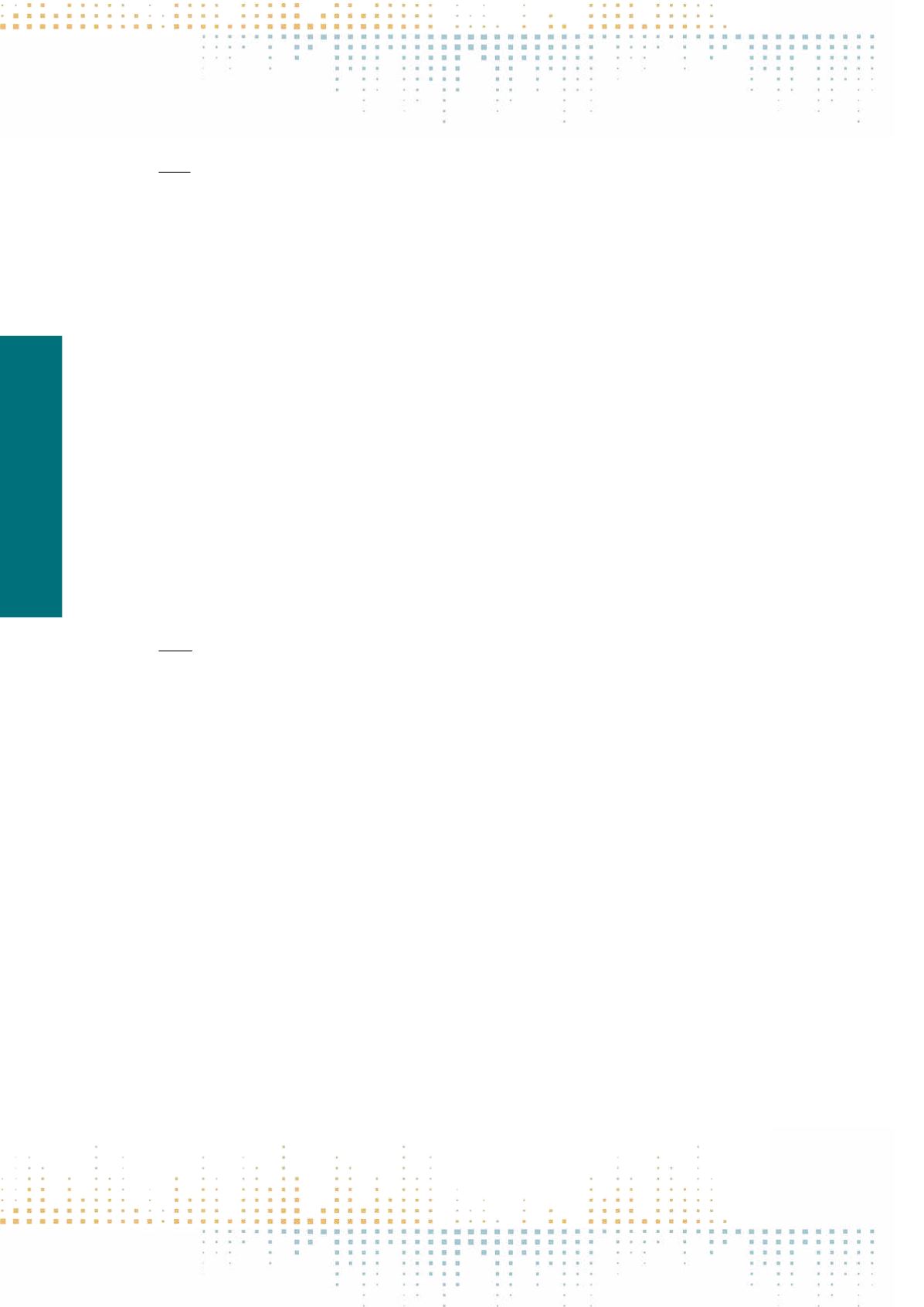

414
Saturday, November 12
1 1 : 0 0 – 1 2 : 3 0
PP 608
Public Service News Online: A Six-Country Comparative Analysis of Factors Influencing the Development of PSB Digital Strategy
A. Sehl
1
, A. Cornia
1
, R.K. Nielsen
1
1
University of Oxford, Reuters Institute for the Study of Journalism, Oxford, United Kingdom
Public Service Broadcasting (PSB) has been a central part of many European media systems for decades. In recent years, however, numerous technological,
economic, and political changes, many associated with the continuous development of digital media, are challenging PSBs. In this paper, we analyse how
PSBs in six European countries are dealing with three challenges that have become increasingly important for PSB news provision in the last few years.
The challenges are (1) how to define PSB remits in a rapidly changing media environment, (2) how to convert these conceptions into workflows and or‑
ganizations that effectively underpin public service delivery in an increasingly digital media environment, and (3) how to develop distinct public service
approaches to dealing with ever-more important new players like digital intermediaries (search engines and social media) and new mobile platforms,
without ceasing to serve audiences via traditional channels. Based on more than thirty semi-structured interviews with senior managers and editors in
PSBs conducted between December 2015 and February 2016 across a strategic sample of six European countries (Finland, France, Germany, Italy, Poland and
the UK) we aim to explain the main differences and similarities in 1) how PSB leaders frame the challenges and opportunities their organisations currently
face, 2) how they have reorganised news production, and 3) how they are using new social media and mobile platforms for distributing public service news.
Our analysis leads to three conclusions. First, that the different PSBs frame similar challenges in terms of reaching younger audiences and opportunities
including personalisation of content associated with technological change. However, some describe specific challenges on the organisational, political, and
economic level. Second, that PSBs that have a demonstrably better track record of building online reach that approximates their offline reach (i.e. the BBC
in the UK and YLE in Finland, see Newman et al., 2015) started to reorganise their news production relatively early on, whereas other PSBs (e.g. Italian RAI
and the Polish TVP) are still struggling to adapt their news divisions to the rise of digital media. Third, that the relationship between PSBs and new digital
intermediaries like social media platforms is seen as important in terms of the opportunities afforded for reaching new, especially younger, audiences but
also associated with several challenges, including the risk of weakening PSBs’ own websites and brands. Building on previous research on how PSBs have
adapted to earlier developments in digital media (see Brevini, 2013; Arriaza Ibarra et al., 2015) we use our empirical analysis of how a broad range of Euro‑
pean PSBs are dealing with new digital developments to advance our understanding of the relative importance of organisational, political, and economic
factors in shaping how PSBs respond to technological changes in the media environment. Our research suggests that (internal) organizational factors and
(external) political factors are more important than economic factors (levels of PSB funding) in accounting for how PSBs adapt to and perform in a changing
media environment.
PP 609
Rise of the J-Robots: Re-Articulation of Journalism Values by Re-Considering Automated Journalism
I. Vobič
1
, M. Milosavljević
1
, J. Smrke
2
1
University of Ljubljana, Chair for Journalism, Ljubljana, Slovenia
2
Coventry University, Coventry, United Kingdom
Implementations of new technologies in journalism have been throughout its modern history concerned with larger questions about control over processes
of generating and legitimating knowledge, of representing social realities, and of defining norms of participation (Hardt 1998, 190). In this sense, the paper
explores the advent of“automated journalism”- where algorithmic processes convert data into narrative news texts with limited to no human intervention
beyond initial programming choices (Carlson 2015, 416) - through the historical tensions between private interests of media ownership and public goals
of the newsroom that result in different, in many cases conflicting interpretations of recent technological innovations, which shape what often appears as
a degraded news making processes and deskilling of journalists (cf. Cohen 2015).With a prospect of“what can be automated will be automated”(van Dalen
2012), the paper investigates how the values of journalism (i.e. public service, fairness, autonomy, immediacy, ethics) (cf. Deuze 2005) are re-articulated in
the context of current social and technological developments (i.e. automation). In order to accomplish this goal, the authors plan to conduct a series of prob‑
lem-centred interviews with the editorial staff from the BBC, the Guardian and the Financial Times. By focusing on the editors, the authors aim to explore
the narratives of the newsroom central decision-makers that have in some contexts started to embody two conflicting forces – professional journalistic
discourse and managerial mindset (cf. Andersson andWiik 2013).



















